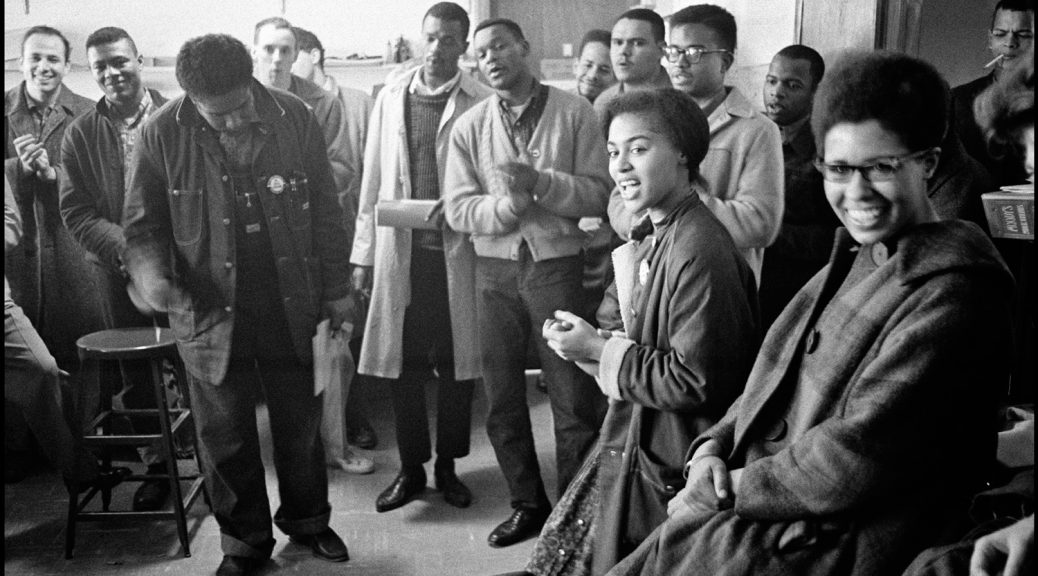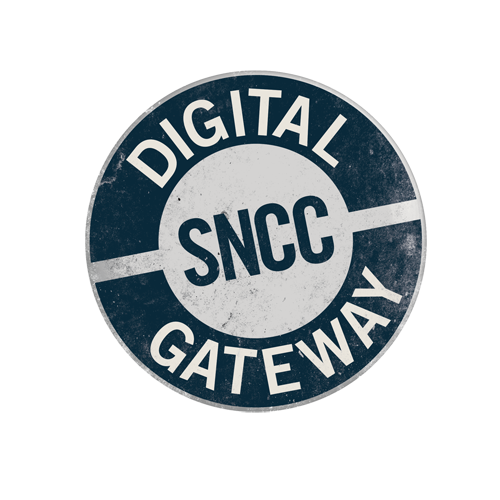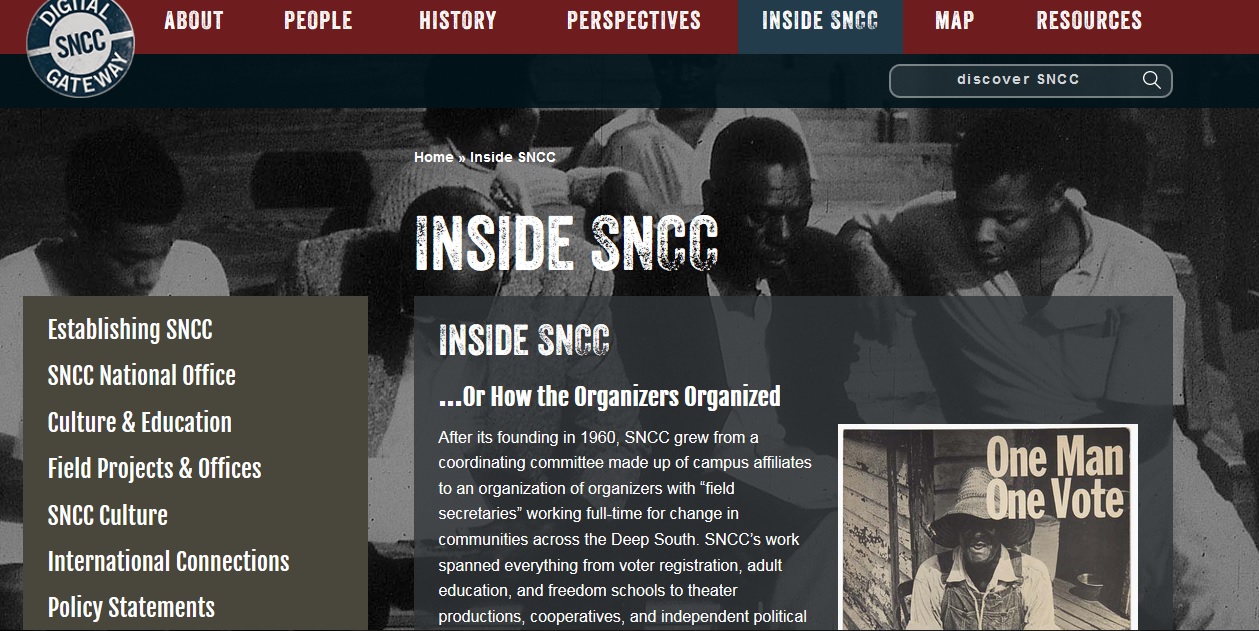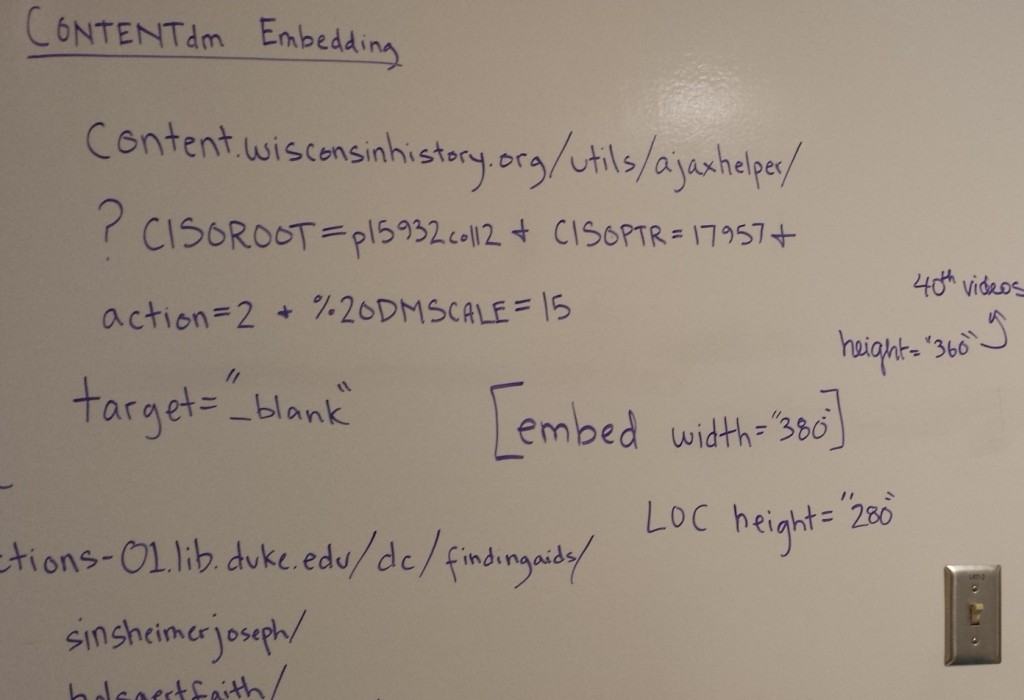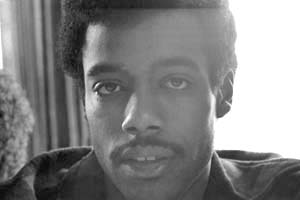This Friday and Saturday, March 23 – 24, veterans of the Civil Rights Movement, contemporary activists from the Movement for Black Lives, scholars, librarians, educators, and students are gathering in Durham for the culminating events of the SNCC Digital Gateway Project. We hope you can be there too.
The SNCC Legacy Project, the Center for Documentary Studies, and Duke University Libraries joined forces over four years ago to create the SNCC Digital Gateway, where those who made the history are central to telling the story. Now as the project nears completion, we’re reflecting on the collaboration and celebrating the good work.
The Student Nonviolent Coordinating Committee (SNCC)—the only youth-led national civil rights group—organized a grassroots movement in the 1960s that empowered Black communities and transformed the nation. Veteran SNCC activists have been collaborating with Duke University to build the SNCC Digital Gateway, a website told from the perspective of the activists themselves that documents SNCC’s work building democracy from the ground up and makes those experiences, thinking, and strategies accessible for the generations to come.
Over 20 SNCC veterans, members of the Durham chapter of BYP100, phillip agnew of Dream Defenders, Ash-Lee Woodard Henderson, co-director of Highlander Center for Research and Education, local activists, educators, students, and more are coming together this weekend to reflect on the creation of the SNCC Digital Gateway and to explore how grassroots organizing work of the past can inform today’s struggles for justice and democracy.
Events on Friday, March 23, taking place in the Richard White Lecture Hall at Duke University, will focus on the partnership between SNCC veterans and the academy and the nuts and bolts of doing collaborative digital humanities work. Then on Saturday, March 24, participants will gather at the Walker Complex at North Carolina Central University to explore how SNCC’s organizing can inform today’s struggles and strategize about electoral politics and power, grassroots organizing, controlling the public narrative, coalition building, and more.
You can find more information about closing events here. Don’t miss this chance to learn from and interact with those who were organizing in the sixties and those who are organizing today. Bring yourselves. Bring others. It’s free, and you’re invited.






